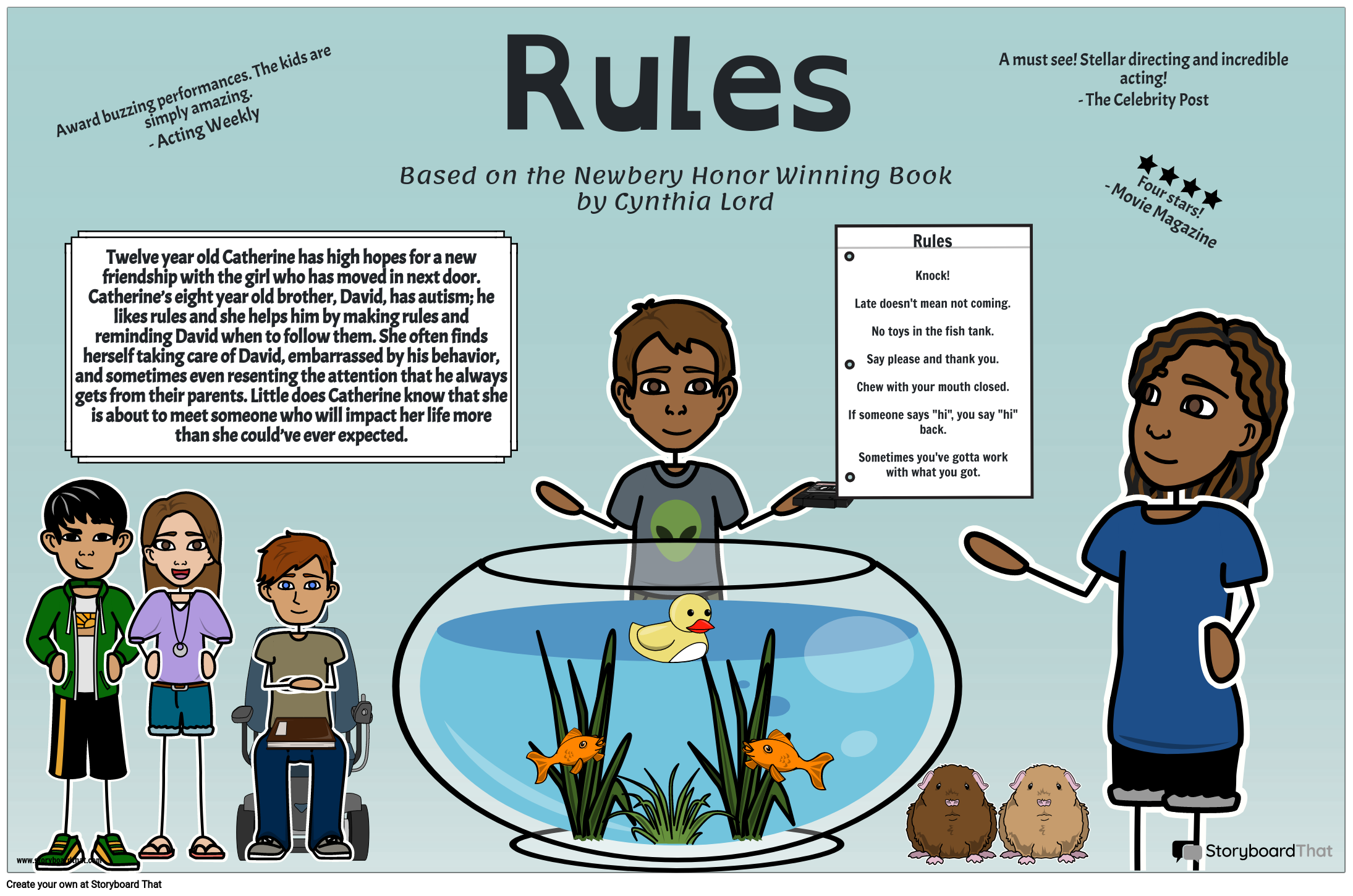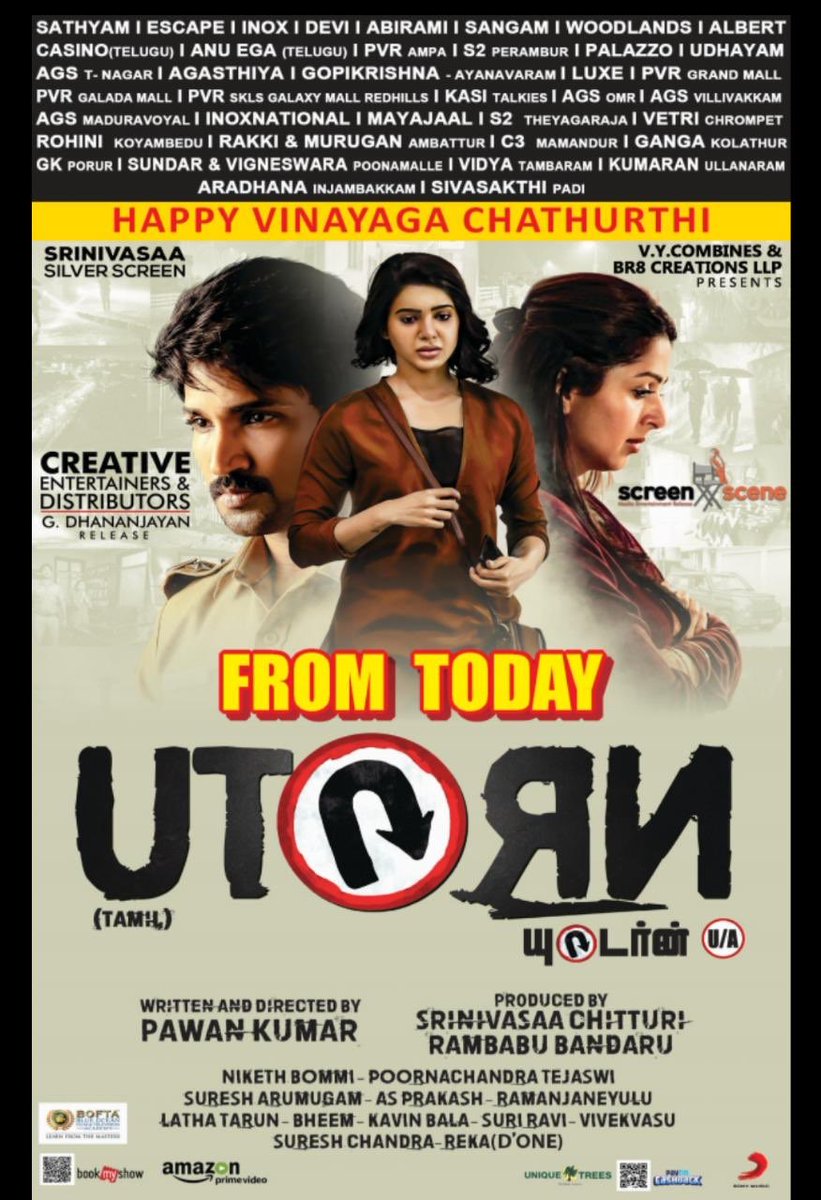Hey there, movie buffs! If you're diving into the world of cinema, you've probably heard about the legendary "movie rules." But what exactly are they? Movie rules are the unwritten guidelines that shape how films are made, watched, and enjoyed. Whether you're a filmmaker, a critic, or just a casual viewer, understanding these rules can enhance your experience big time. So grab your popcorn, and let's break it down!
Now, before we dive deep into the heart of the matter, let's talk about why movie rules matter. They’re not just random suggestions; they're the backbone of what makes cinema so magical. From the way a scene is framed to how dialogue flows, every element follows certain principles that keep audiences hooked. And trust me, knowing these rules can turn you from a passive watcher into an active participant in the storytelling process.
But here's the twist—rules are meant to be broken, right? While some filmmakers stick strictly to the guidelines, others love to experiment and push boundaries. This creates a dynamic and ever-evolving art form that keeps us coming back for more. So, whether you’re a rule-follower or a rule-breaker, there’s something here for everyone. Let's get started!
Read also:7movierulz Kannada Movie 2023 Your Ultimate Guide To The Latest Blockbusters
Understanding the Basics of Movie Rules
What Are Movie Rules?
Alright, let's get real for a sec. Movie rules are like the secret sauce that makes a film work. They cover everything from technical aspects like lighting and camera angles to creative choices like pacing and character development. These rules help ensure that the story being told is clear, engaging, and emotionally resonant.
For example, one of the most fundamental movie rules is the 180-degree rule. This rule ensures that characters in a conversation stay on the same side of the screen, creating a sense of continuity. It sounds simple, but trust me, breaking this rule can leave audiences feeling disoriented. And who wants that?
Why Are Movie Rules Important?
Let’s be honest—without rules, movies would be chaos. Imagine watching a film where the plot jumps around randomly, the lighting is all over the place, and the sound design is completely off. Not exactly Oscar-worthy material, right?
Movie rules provide a framework that helps filmmakers create cohesive and compelling narratives. They guide everything from the way scenes are shot to how music is used to evoke emotion. By following these guidelines, filmmakers can craft experiences that resonate with audiences on a deep level.
The Top 10 Movie Rules You Need to Know
1. The Rule of Thirds
This rule is all about composition. When framing a shot, imagine dividing the screen into thirds both horizontally and vertically. By placing key elements along these lines or at their intersections, you create a more balanced and visually appealing image. It’s like the golden ratio for filmmakers!
2. The 180-Degree Rule
We already touched on this one, but it’s worth repeating. The 180-degree rule ensures that the spatial relationship between characters remains consistent. This helps viewers understand who’s talking to whom and where everyone is positioned in the scene.
Read also:Sociallykeeda The Ultimate Guide To Understanding And Maximizing Its Potential
3. The KISS Principle
Keep It Simple, Stupid. Yeah, I know it sounds harsh, but simplicity is key in filmmaking. Overcomplicating things can confuse audiences and detract from the story. Stick to the essentials and let the narrative shine.
4. The Three-Act Structure
Every great movie follows this classic structure: setup, confrontation, and resolution. It’s the backbone of storytelling and helps keep the plot moving forward. Think of it like a roadmap for your film.
5. Show, Don’t Tell
This one’s a biggie. Instead of having characters explain everything through dialogue, use visuals to convey emotions and actions. It’s more engaging and allows audiences to connect with the story on a deeper level.
6. The Rule of Cutting on Action
When editing, try to cut between shots during a character’s action. This creates a smoother transition and keeps the scene flowing naturally. It’s a subtle but powerful technique that can make or break a film.
7. The Rule of Silence
Sometimes, less is more. Don’t be afraid to use silence to build tension or emphasize a moment. Music and sound effects are great, but a well-placed pause can be just as impactful.
8. The Rule of Misdirection
Want to keep your audience guessing? Use misdirection to throw them off the trail. This technique is especially effective in thrillers and mysteries, where unexpected twists are part of the fun.
9. The Rule of Contrast
Contrast is key in both visuals and storytelling. By juxtaposing different elements—like light and dark, or good and evil—you can create a more dynamic and engaging film.
10. The Rule of Audience Connection
At the end of the day, it’s all about connecting with your audience. Whether it’s through relatable characters, emotional moments, or jaw-dropping visuals, make sure your film resonates with viewers on a personal level.
Breaking the Rules: When It Works
When Is It Okay to Bend the Rules?
Now, don’t get me wrong—breaking the rules can be just as effective as following them. In fact, some of the most iconic films in history have done exactly that. Think about Quentin Tarantino’s nonlinear storytelling or Wes Anderson’s quirky compositions. These directors broke the rules in a way that made their films stand out.
But here’s the thing: you need to know the rules before you can break them. Understanding the principles of filmmaking allows you to experiment with confidence. So, if you’re thinking about going rogue, make sure you have a solid reason for doing so.
Examples of Rule-Breaking Films
Take "Pulp Fiction," for example. Quentin Tarantino completely disregarded the traditional three-act structure and created a masterpiece. Or consider "Inception," where Christopher Nolan played with time and space in ways that left audiences scratching their heads—but in the best way possible.
These films prove that breaking the rules can lead to innovation and creativity. Just remember, it’s not about being rebellious for the sake of it—it’s about using the rules to your advantage.
The Role of Technology in Shaping Movie Rules
How Technology Has Changed the Game
With the rise of digital technology, the rules of filmmaking are constantly evolving. From CGI to virtual reality, new tools are giving filmmakers more freedom to experiment and push boundaries.
For instance, the use of green screens and motion capture has revolutionized how special effects are created. Movies like "Avatar" and "The Lion King" wouldn’t have been possible without these advancements. But with great power comes great responsibility. Filmmakers need to use technology wisely to avoid overwhelming the audience with flashy visuals.
The Future of Movie Rules
As technology continues to advance, we can expect even more changes in the world of cinema. Imagine immersive experiences that allow viewers to interact with the story or virtual reality films that put you right in the middle of the action. The possibilities are endless!
The Psychology Behind Movie Rules
Why Do Movie Rules Work?
At their core, movie rules are based on psychology. They tap into how our brains process visual and auditory information, creating an experience that feels natural and intuitive. For example, the rule of thirds aligns with our natural tendency to focus on certain areas of an image. Similarly, the use of silence can amplify tension because it disrupts our expectations.
By understanding these psychological principles, filmmakers can craft experiences that resonate with audiences on a subconscious level. It’s like speaking a universal language that everyone can understand.
Practical Tips for Filmmakers
How to Apply Movie Rules in Your Projects
If you’re a filmmaker looking to level up your game, here are a few practical tips:
- Start by studying the classics. Watch films from different eras and genres to see how they apply movie rules.
- Experiment with breaking the rules in small ways. See what works and what doesn’t.
- Collaborate with other filmmakers. Sometimes, fresh perspectives can lead to innovative ideas.
- Always keep your audience in mind. Remember, the rules are there to serve the story, not the other way around.
Real-World Applications of Movie Rules
Case Studies of Successful Films
Let’s take a look at some real-world examples of how movie rules have been applied successfully:
1. "The Dark Knight" – Christopher Nolan masterfully uses the three-act structure to create a gripping narrative that keeps audiences on the edge of their seats.
2. "La La Land" – Damien Chazelle employs the rule of thirds and vibrant color palettes to bring the world of musicals to life.
3. "Parasite" – Bong Joon-ho uses contrast to explore themes of class disparity, creating a film that’s both visually stunning and emotionally resonant.
Conclusion: Embrace the Rules, But Don’t Be Afraid to Bend Them
So there you have it—the ultimate guide to movie rules. Whether you’re a seasoned filmmaker or just a passionate viewer, understanding these principles can enhance your appreciation of cinema. Remember, the rules are there to guide you, not confine you. Don’t be afraid to experiment and find your own voice in the world of filmmaking.
And hey, if you’ve enjoyed this article, don’t forget to share it with your friends and leave a comment below. Let’s keep the conversation going and celebrate the magic of movies together!
Table of Contents
- Understanding the Basics of Movie Rules
- The Top 10 Movie Rules You Need to Know
- Breaking the Rules: When It Works
- The Role of Technology in Shaping Movie Rules
- The Psychology Behind Movie Rules
- Practical Tips for Filmmakers
- Real-World Applications of Movie Rules


